Structural
The Role of Fire-Rated Cladding in Sustainable Building Practices
In the evolving landscape of construction, sustainability has emerged as a guiding principle influencing design, material choices, and building techniques. As builders and architects strive to create structures that are not only safe but also environmentally responsible, fire-rated cladding has surfaced as a key component that enhances both safety and sustainability. This article explores how fire-rated cladding contributes to sustainable building practices while meeting essential safety standards.
Understanding Fire-Rated Cladding
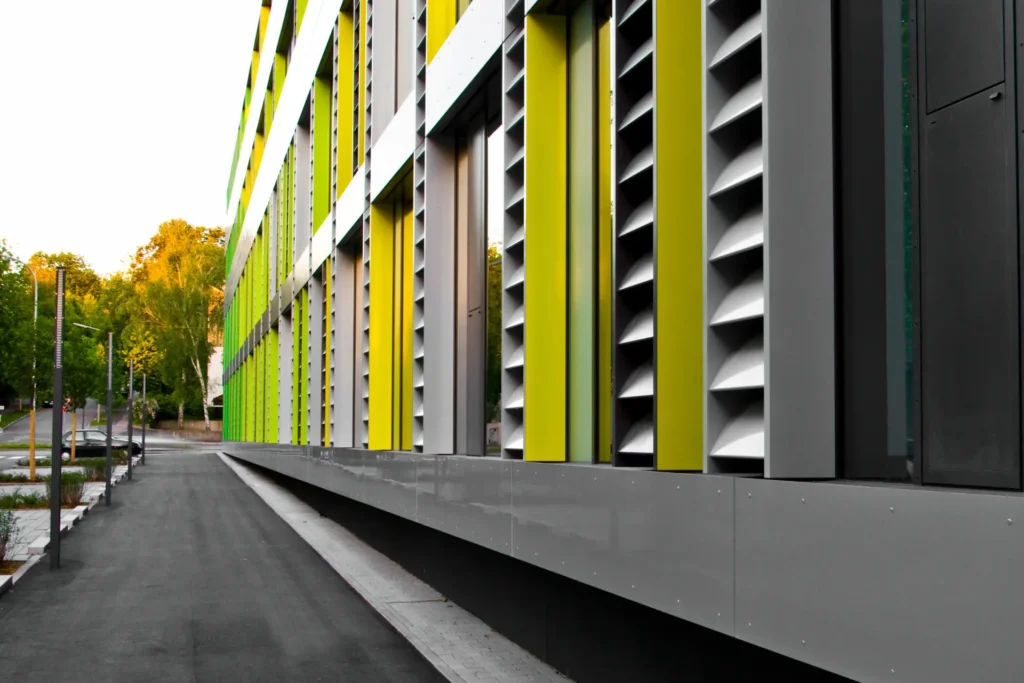
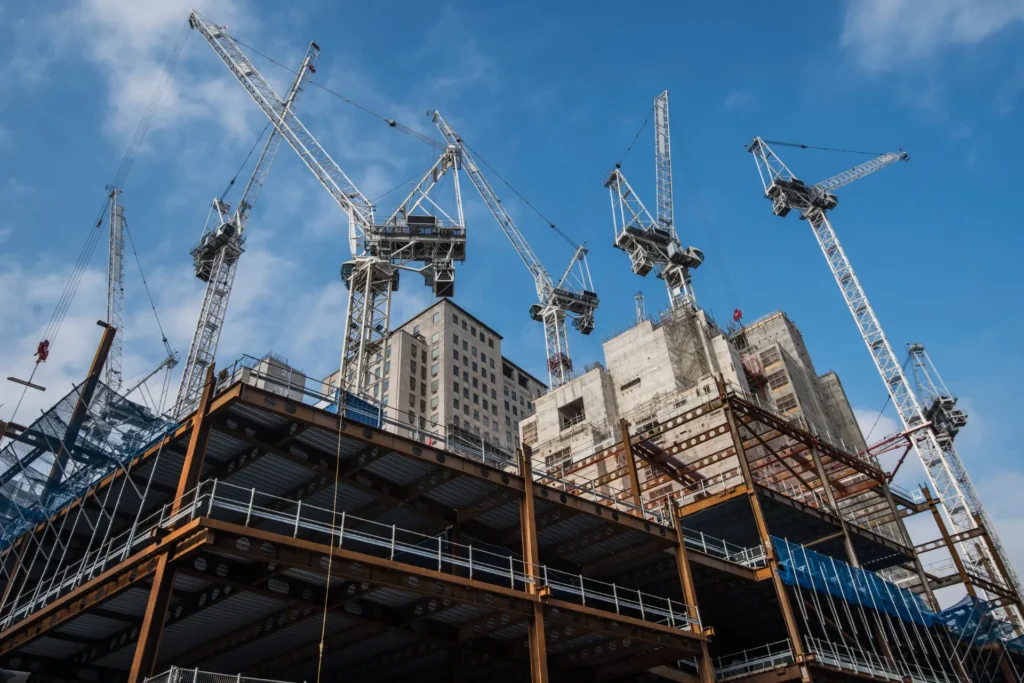
Fire-rated cladding refers to exterior materials specifically designed to withstand high temperatures and prevent the spread of flames during a fire incident. The effectiveness of fire-rated cladding is evaluated through fire resistance ratings, which indicate how long a material can endure fire exposure without compromising its structural integrity. Common materials used in fire-rated cladding include fiber cement, metal, and mineral-based products, all of which can be sourced sustainably.
Enhancing Energy Efficiency
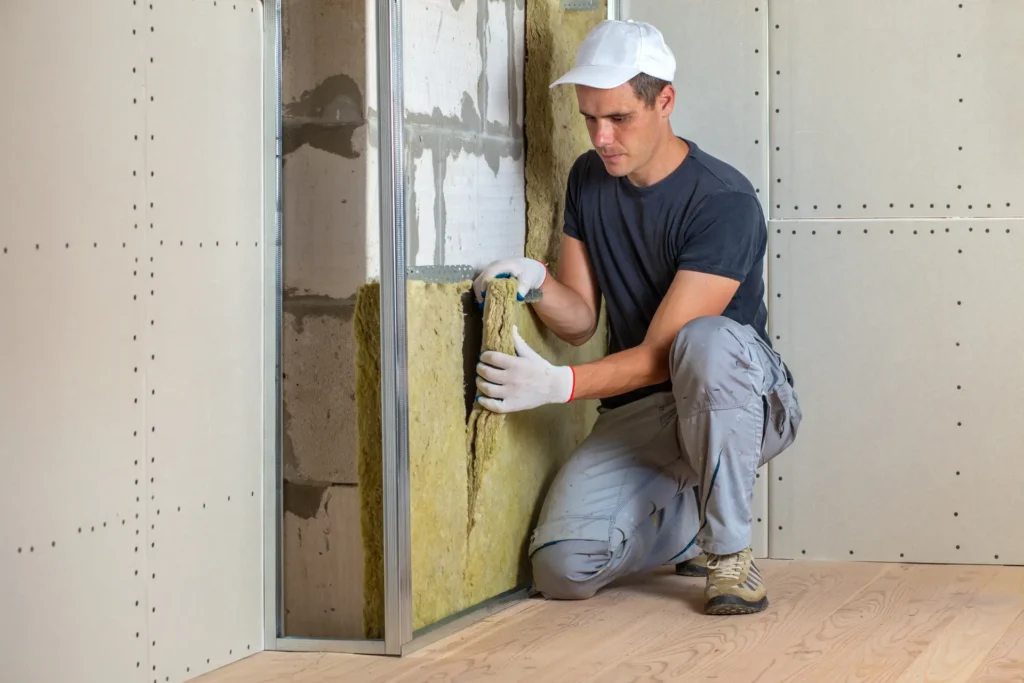

One of the primary benefits of fire-rated cladding is its ability to improve a building’s energy efficiency. Many fire-rated cladding products offer excellent thermal insulation properties, which help regulate indoor temperatures and reduce the reliance on heating and cooling systems. For instance, by limiting the amount of heat that enters or escapes a building, fire-rated cladding can minimize energy consumption, leading to lower utility costs. This not only conserves resources but also contributes to a reduction in greenhouse gas emissions, aligning with broader sustainability goals.
Supporting Sustainable Material Choices
Fire-rated cladding can be constructed from a range of environmentally friendly materials. For instance, fiber cement cladding is often made from recyclable components and does not release harmful chemicals during its lifecycle. Similarly, metal cladding, including aluminum and steel, is highly durable and can be recycled at the end of its life cycle. This aspect significantly reduces waste in landfills and encourages the responsible use of resources. When selecting fire-rated cladding, it is essential to consider not only its fire resistance properties but also its sourcing and end-of-life recyclability.
Ready to Enhance Your Building’s Fire Safety?
Don’t compromise on safety! Contact us today to discuss how our fire-rated cladding solutions can protect your
property and ensure compliance with all safety regulations.
Aiding in Waste Reduction
Incorporating durable fire-rated cladding into building designs can aid in waste reduction. By using materials that are resilient and long-lasting, buildings require fewer renovations and replacements over time. This longevity decreases the amount of construction debris generated from frequent renovations and minimizes the demand for new materials, which further conserves natural resources. The shift toward long-lasting materials is integral to sustainable construction, as it emphasizes quality and efficiency over short-term gains.
Facilitating Compliance with Green Building Standards
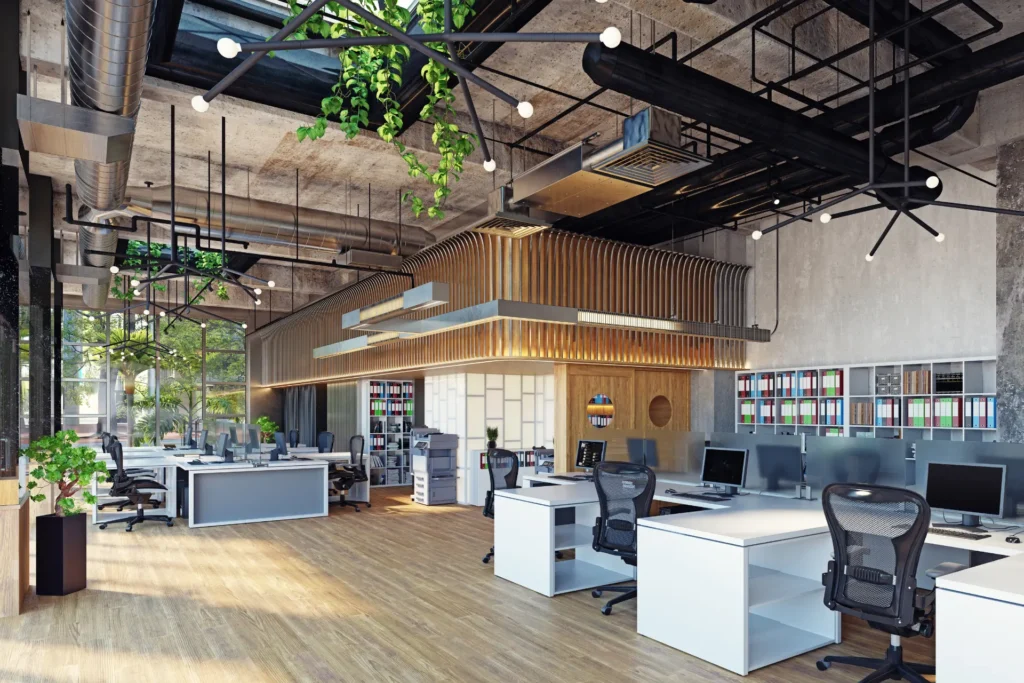
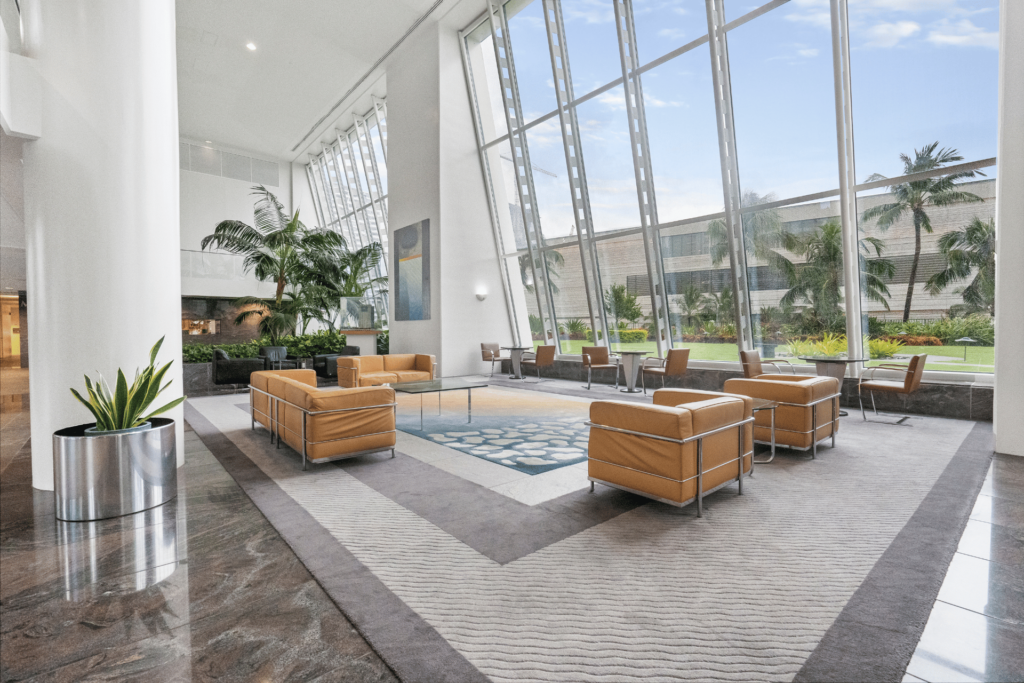
Fire-rated cladding contributes to indoor environmental quality by minimizing the risk of fire hazards. A safe environment not only protects occupants but also promotes overall well-being. Moreover, many fire-rated cladding materials are designed to be free from volatile organic compounds (VOCs) and other harmful substances, which helps improve indoor air quality. Enhanced air quality has been associated with better health outcomes for occupants, including reduced respiratory issues and improved productivity.

Enhancing Indoor Environmental Quality
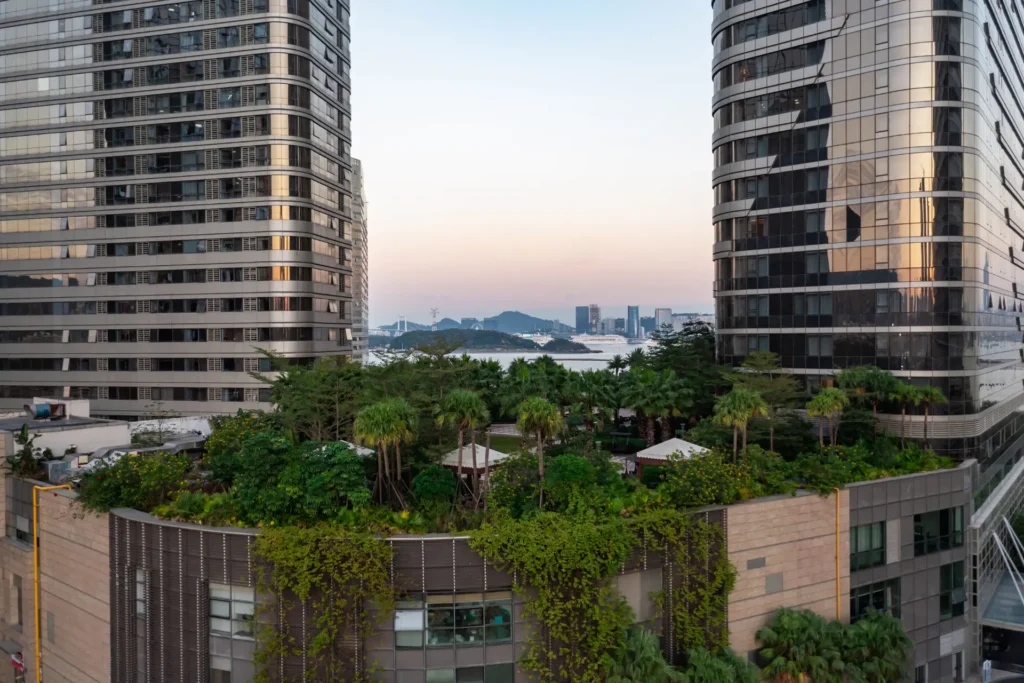

Fire-rated cladding plays a vital role in meeting various green building certifications, such as LEED (Leadership in Energy and Environmental Design) and BREEAM (Building Research Establishment Environmental Assessment Method). These certifications encourage the use of materials that contribute to energy efficiency and sustainability. Implementing fire-rated cladding can help projects achieve important points in these programs, fostering a commitment to environmentally responsible practices. Compliance with such standards not only benefits the environment but also enhances a project’s marketability and appeal to eco-conscious consumers.
Conclusion
Fire-rated cladding is a crucial element in modern construction that aligns safety with sustainability. By enhancing energy efficiency, supporting sustainable material choices, aiding in waste reduction, facilitating compliance with green building standards, and improving indoor environmental quality, fire-rated cladding proves to be a responsible investment in both safety and environmental stewardship. As the construction industry continues to prioritize sustainability, integrating fire-rated cladding into building practices is a significant step toward achieving safety and environmental goals.
Are you planning a sustainable construction project?
Contact AMTA ARGC today to discuss your how our fire-rated cladding solutions can support your sustainability objectives while ensuring safety and compliance!
Request a Quote
Ready to Work Together? Build a project with us!


